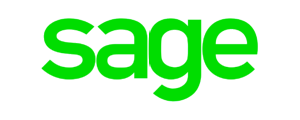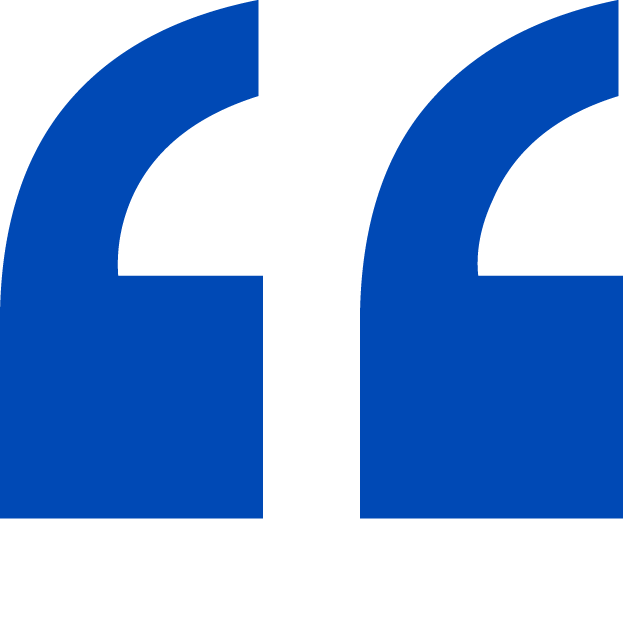Direct Debit is popular, secure and trusted. A staggering 4.2 billion Direct Debits were processed in the UK last year. And the value of Direct Debits has increased by £400 billion in the past decade reaching £1.3 trillion in 2017.
If your business takes recurring payments from your customers and you’re not using Direct Debit, then you could be missing out on a number of benefits. These include a reduction in financial admin time, cost savings, customer and employee satisfaction and improved cashflow.
Changing your business processes can be daunting, especially if you’ve been operating for a while using the same procedures. If you’re considering taking the plunge to set up a new Direct Debit scheme but have some concerns, then read on.
Below are the five most common hurdles that businesses face when considering switching their payment method and moving customers onto paying by Direct Debit.
“Direct Debit Isn’t for My Industry or a Business of My Size.”

Many businesses have a misconception that only large organisations can use Direct Debit.
In fact, Direct Debit is used by businesses ranging from one staff member up to thousands. Small, medium and large enterprises all benefit from using the scheme.
If you take regular payments from your customers, whether your business employs two people in the office or 20,000, then Direct Debit is for you. It can be used by sole traders, SMEs, charities, limited companies and partnerships.
Direct Debit isn’t industry-specific. It’s appropriate for all sectors that take recurring payments. Whether you run an office equipment leasing firm or a school, an IT services company or a gym, Direct Debit can serve you well.
When Bacs first launched Direct Debit back in 1968, it was used predominantly by large businesses who had excellent financial health, a good standing with their bank and could afford the transaction fees. Fast forward fifty years and the system has significantly evolved.
Businesses can still organise their Direct Debit scheme through their banks and manage the entire process in-house using Bacs-approved software and online access portals. However, most smaller businesses now use Bacs-approved bureaux and Bacs-accredited facilities management providers who efficiently manage the entire process on their behalf.
“A Direct Debit Scheme Is Hard to Set Up.”
There are two ways to set up a Direct Debit scheme. As a Direct Submitter, and as an Indirect Submitter.
A Direct Submitter manages the process in-house, submitting all the required files and data required directly to Bacs using Bacs-approved software and a secure delivery channel.
Often Direct Submitters are larger organisations with a very high volume of Direct Debit transactions. They’ve been approved by their bank and by Bacs after a thorough check and have been provided with a Service User Number (SUN).
An Indirect Submitter outsources to a third-party bureaux or facilities management provider who manages the submission process and is fully trained to submit and liaise with Bacs using the relevant software and process.
Often start-ups and smaller operations are Indirect Submitters, opting not to invest in the staff training, software and time to manage the process in-house.
(You can learn more about Direct and Indirect Submitters in this article: How to Set Up a Direct Debit and Manage It Long-term).
Therefore, if you have a SUN and are approved to be a Direct Submitter there is a significant time, training and software investment to take into consideration.
However, if you opt to set up your scheme as an Indirect Submitter, it’s quick and easy. An experienced company organises everything for you, including providing you with all the letters, scripts and online forms you need to get customers signed up with little hassle.
As an Indirect Submitter, you could be up and running in 24 hours.
“It’s Expensive with Lots of Direct Debit Charges.”

Large organisations that submit a high volume of Direct Debits directly to Bacs invest initially in the training, software and staff to manage their Direct Debit program. This investment is quickly recouped as it saves in the long-term on Direct Debit charges.
For smaller organisations that use a third-party, the cost is very affordable. It’s worth doing your research to find a company that suits your budget. As an example, FastPay is a Bacs-approved bureau and Bacs-accredited facilities management provider. Set-up fees start at £175, with a cost from 3p per Direct Debit transaction (depending on volume).
The benefits to your business of setting up your customers on Direct Debit are worth the investment. Direct Debit enhances your finances, customer relationships, security and employee satisfaction.
(You can read more about the value of Direct Debit to your business in this blog post: Recurring Payments: How Direct Debit Can Grow Your Business).
British SME’s waste an estimated four hours per week on financial admin, that’s 26 work days per year. Do you or your finance team member spend inordinate amounts of time chasing customer payments, juggling cash to help with poor cashflow or posting out invoices? This time can be saved immediately by moving to Direct Debit. Imagine what you would do if you could re-invest 26 days per year back into your business.
“If My Customers Are Paying by Direct Debit, I Have No Control.”
A false belief held by many businesses is that once you switch your customers to paying by Direct Debit you’ll relinquish all control of your incoming funds. This notion is incorrect. Businesses who use Direct Debit actually have more control.
Unlike a Standing Order, a Direct Debit is managed by the business collecting the payments and not the customer. When a customer signs a Direct Debit mandate, it’s an instruction to their bank to allow the nominated business to collect payments. As long as the date and amount are clearly communicated to the customer in advance then a business can change these as appropriate.
Most businesses agree with their customers a set date in advance, whether that is daily, weekly, monthly, quarterly or annually. This means that the business is in complete control of when the customers’ money will hit their bank account. For businesses struggling with cashflow, knowing precisely when cash will come in is a massive help when balancing the books.
The automated system runs smoothly in the background, enabling you to take control of other business growth efforts rather than focusing on chasing unpaid fees or late invoices. Occasionally a Direct Debit fails. There are many reasons for this, but it’s often because the customer had insufficient funds in their bank account at the time the debit was attempted.
Using a Direct Debit provider with real-time reporting will flag this missed payment immediately so that you can take the appropriate action. Often, with other payment methods you aren’t aware that a payment has failed until the next time you check your bank account or until days later.
“Customers Don’t Want the Hassle of Switching from Their Current Payment Method to Paying by Direct Debit.”
Gone are the days when a Direct Debit could only be set up in person or by a signed Direct Debit mandate form that needed to be posted to the customer and then posted back.
You can now migrate your customers to paying by Direct Debit over the phone or by using an online form. These paperless methods are fast, secure and hassle-free. Customers can select the option that suits them best. They no longer need to sit in a face-to-face meeting with you or remember to sign and post back a form.
Direct Debit is the preferred payment method for 66% of the UK’s bill paying population. Last year, the volume of Direct Debits grew by 3.8% from 2016. Many of your customers are likely to already use it to pay for services and bills. It’s convenient, secure and offers the only method of payment with a guarantee that money will be returned if it’s taken in error.
People today are time-poor and you’ll be surprised at how many of your customers will welcome a quick and easy, automated method. It means they no longer have to remember to pay you over the phone, to go to the bank or to post a cheque. Plus, it’s free for customers, with no Direct Debit charges. It’s for their benefit as well as yours.
If a customer is reluctant to switch, then you have the option to incentivise Direct Debits. For example, by offering a small discount on an invoice, or adding a bonus to their existing package.
Break Through Your Direct Debit Barriers to Boost Your Business
Break through your barriers and embrace the power of Direct Debit. To recap:
- Setting up a Direct Debit scheme is for businesses of all sizes in any industry
- It’s easy to outsource your Direct Debit scheme to a third-party bureau or facilities management provider
- Direct Debit is affordable and cuts down financial admin time
- It offers you complete control over your incoming funds
- Most customers already pay other bills using Direct Debit and will be happy to switch
Direct Debit is a common payment method for B2C and B2B companies. It offers numerous advantages for both you and your customer. Investing in a Direct Debit scheme to move your customers over to paying by Direct Debit will boost your business.












